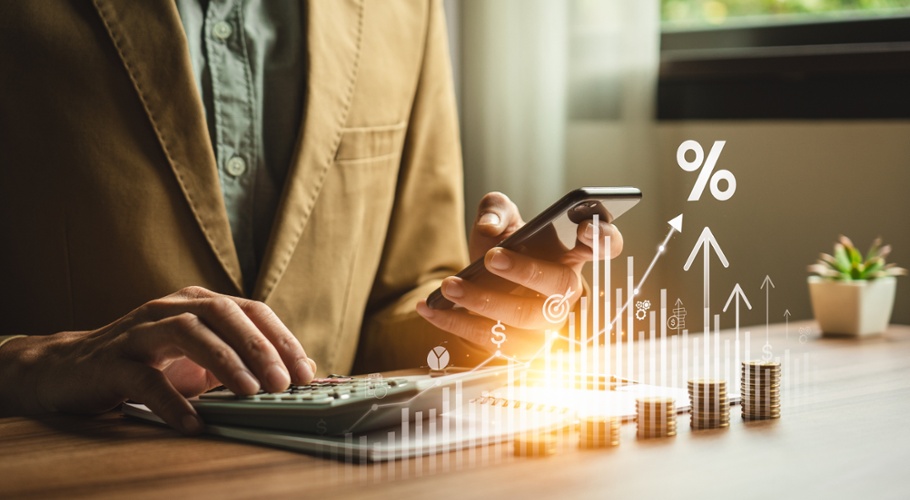Improving returns through smarter trading
Stockbrokers, smaller institutions, financial advice groups, family offices and other wholesale investors can improve efficiency, and even returns, by the way they trade their stock market investments.
Today's volatile markets are creating challenges for a range of investors - and not just in terms of falling, and rising and falling again, markets.
Since the start of the pandemic there have been changes in the way markets trade and it is affecting the prices of stocks in ways apart from typically price sensitive information. Technology changes, the rise in popularity of ETFs, trading flows and some investor behaviours are all changing.
Some brokers, for example, suggest that if they bid for a specific stock during the day, this will send a signal to high-frequency trading (HFT) algorithms which will then front-run their orders.
There are not as many trades at the opening bell as there were before COVID. Similarly, there are fewer trades during the day, with many more trades left to the end of the day when people rush to the closing match. As a consequence, prices at the open and through the day can be more volatile, widening a gap in share prices between the open and the close of the market.
For an increasing number of investors, leaving their trades to the end of the day is making them more difficult and expensive.
According to Macquarie Research, there can be large differences between share prices at the beginning and during the trading day and those at the close or what is called ‘the match’. Prior to COVID (March 2020), the difference between the price during continuous trading and ‘the match’ was about 15 basis points. Recently, the difference has widened to be consistently between 100 to 250 basis points.
About 25% of each day’s trading now occurs at the increasingly hectic ‘match’, compared to around 13% a decade ago. Some of this can be attributed to the rise in the number and size of ETFs, which want to trade shares as close to the market closing price to ensure that they perform in line with the index.
Financial media recently reported increasing disquiet from fund managers, broking firms and retail investors about ‘the dysfunctional state of the market’ and their view that ‘since the March 2020 disruption caused by the COVID-19 pandemic, it has become more expensive and more difficult to trade shares on the ASX.’ [Source: https://www.afr.com/chanticleer/asx-trading-needs-a-detailed-investigation-20221019-p5br72]
There are ways for retail traders and advisers to get around some of these issues, including making the most of their relationship or account manager to get a "better fill" on an order.
Institutions and professional dealing desks are aware of this phenomenon and its impact on how they trade and are more disciplined. Larger investors focus on how they buy and sell shares to maximise their returns.
A share can be traded in 0.8 of a second from the time the order is placed to market, thanks to ‘Straight Through Processing’ (STP). STP is an automated process done purely through electronic transfers with no manual intervention involved. Nearly all secondary market securities trading involves electronic processing. There can be some human intervention at the front end in placing trades, but for the most part electronic systems do all the work. Today, there are millions of STP transactions per day for stocks, bonds, investment funds, exchange-traded funds and more and STP has grown to account for 97 per cent of trade in the market in terms of volume.
High frequency traders are generally activated by larger orders. So, if a client has a larger order, we generally advise breaking it down into a larger number of smaller trades in line with the general trading of the stock. A relationship manager can, for instance, break up a line of stock using ‘iceberg orders' that disguise the size of the total trade and prevent the price moving away from the client.
Another technique used by professional traders is to split orders across exchanges; in Australia’s case, the ASX and Cboe (formerly Chi-X).
In the case of trading ETFs, clients who are worried about a low number of orders on the trading screen or that their order might disturb the price can lean on an account or relationship manager. They, in turn, have relationships with market makers and issuers of ETFs that can help to add more depth to the order screen.
Changes to the way markets behave can pose challenges for investors, but the techniques for dealing with them are available to all investors, not just big institutions and big banks.

